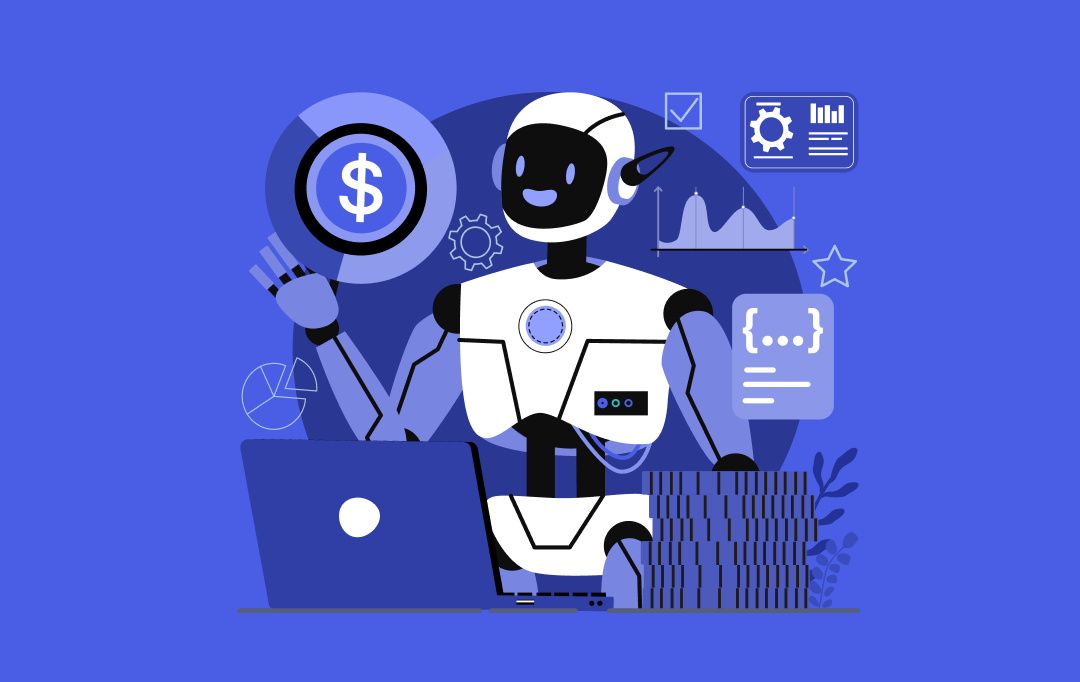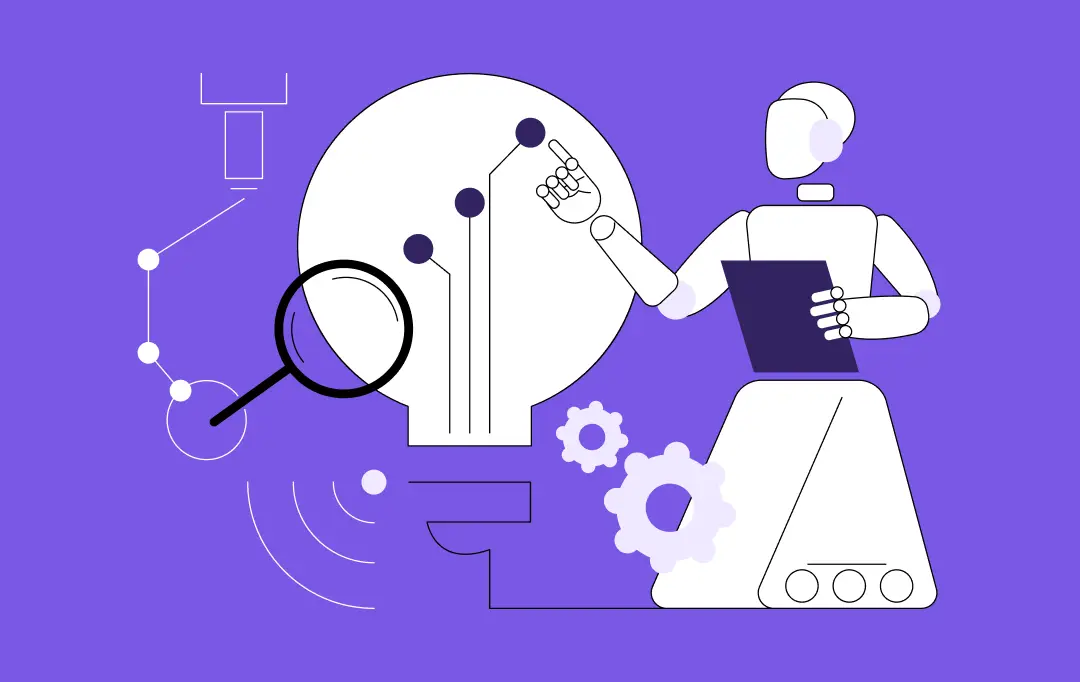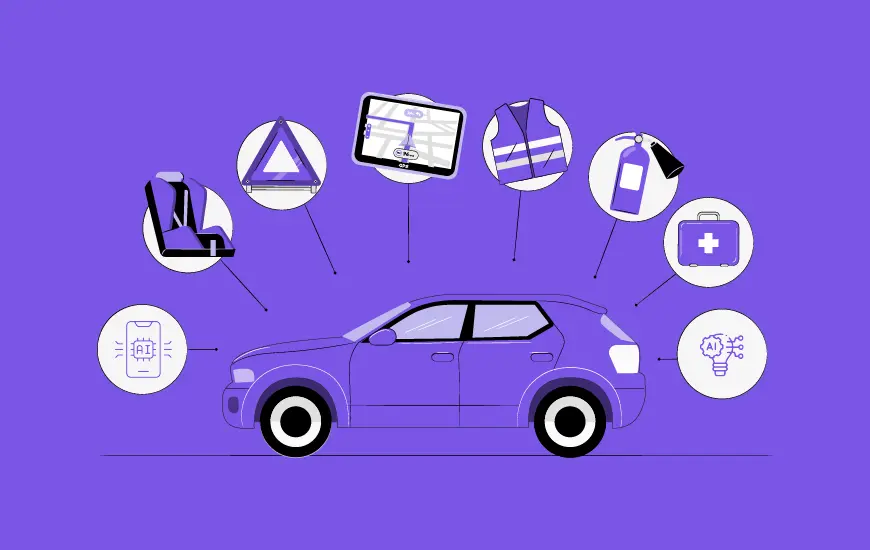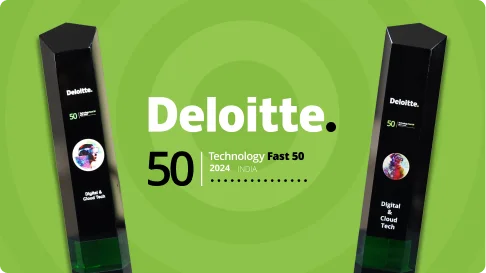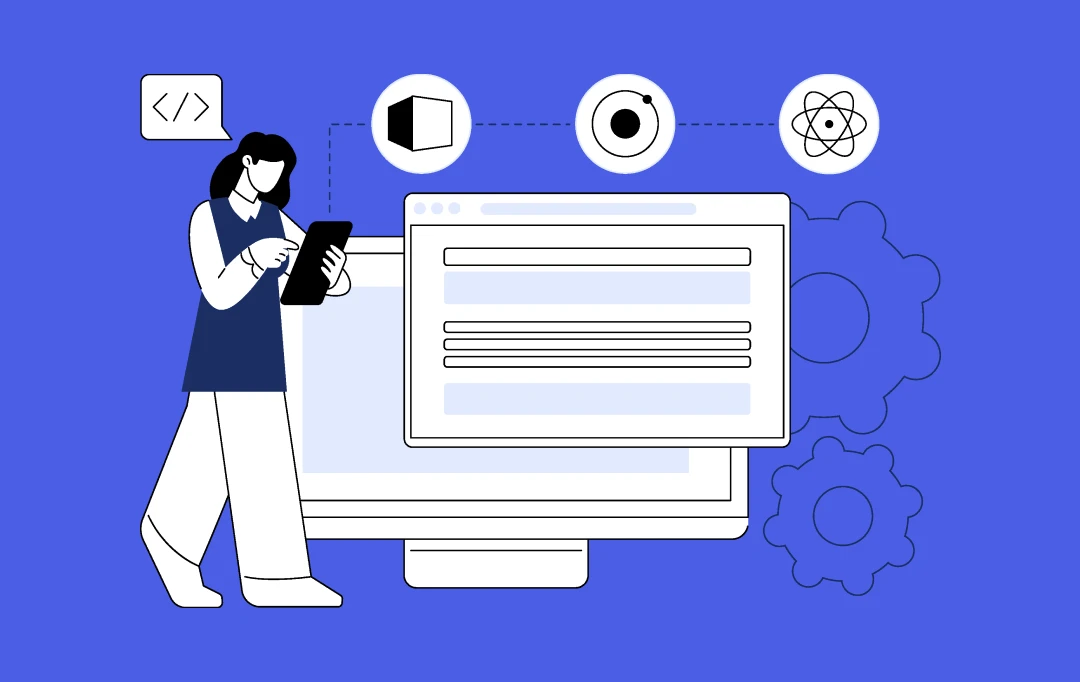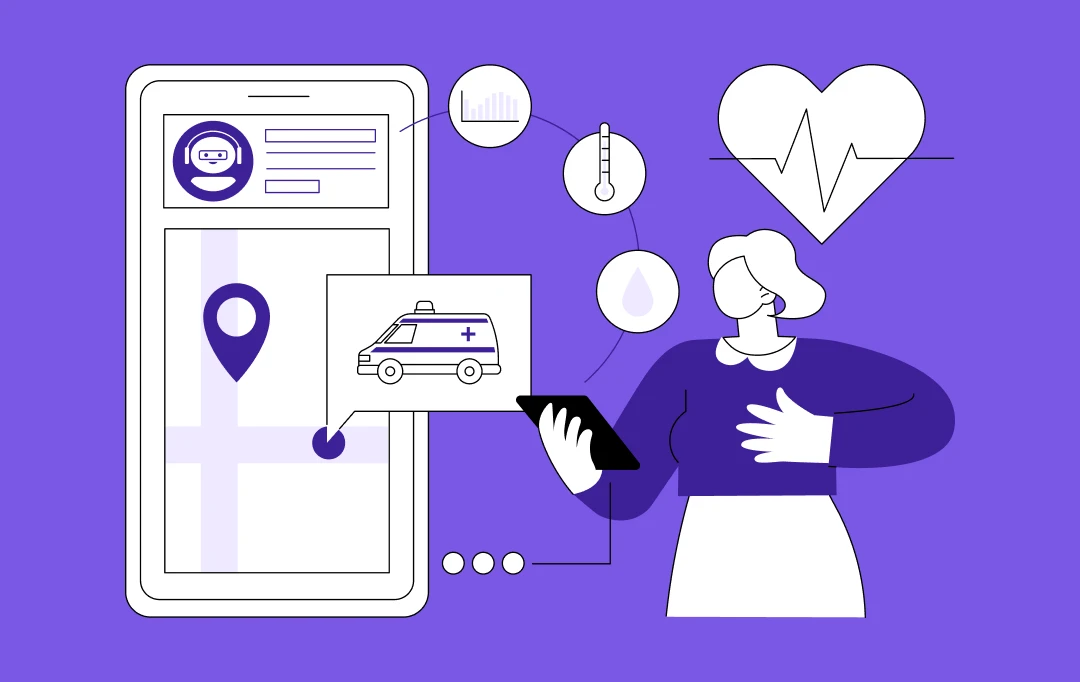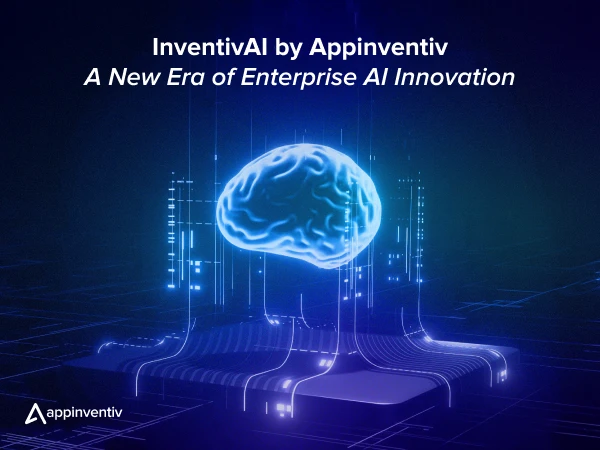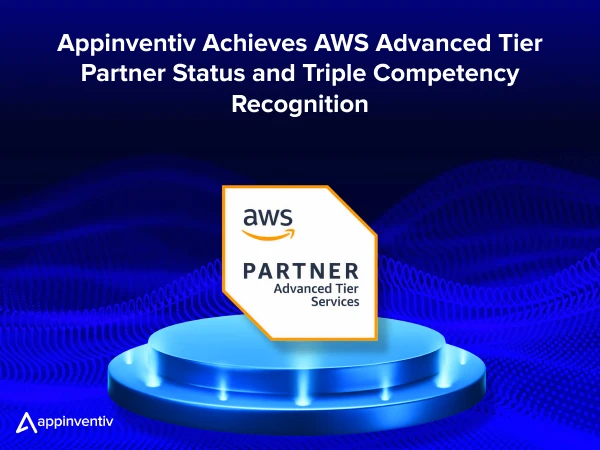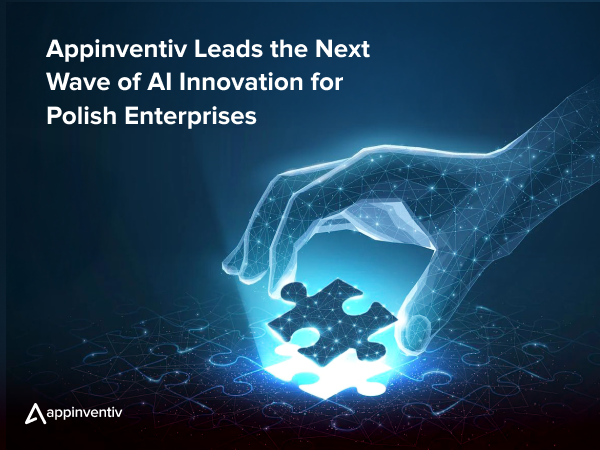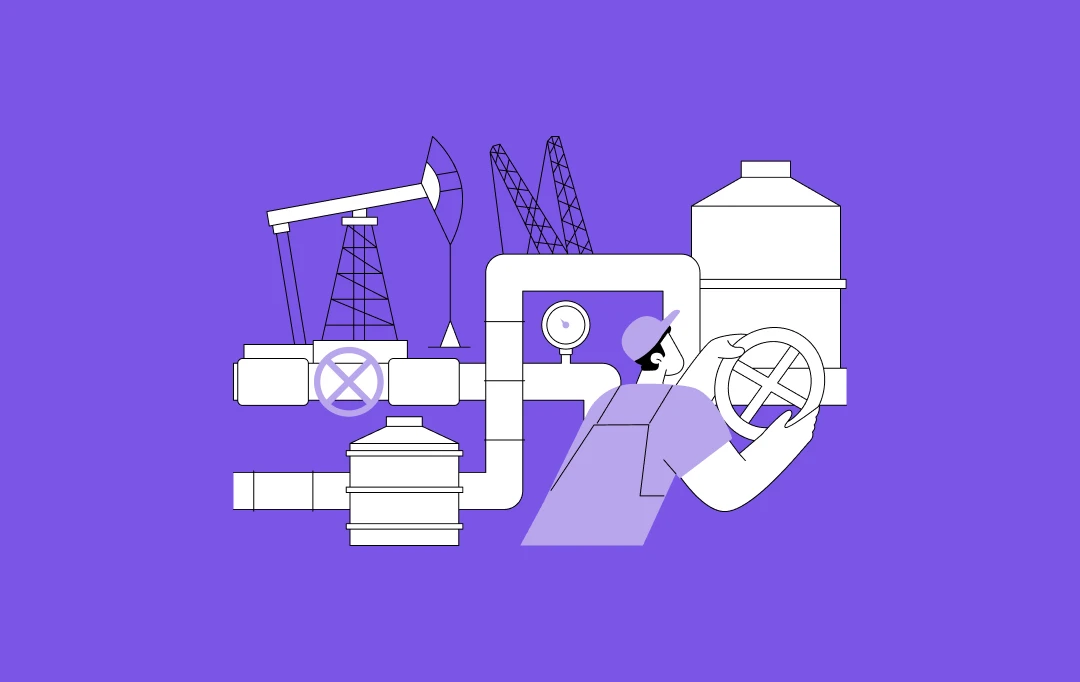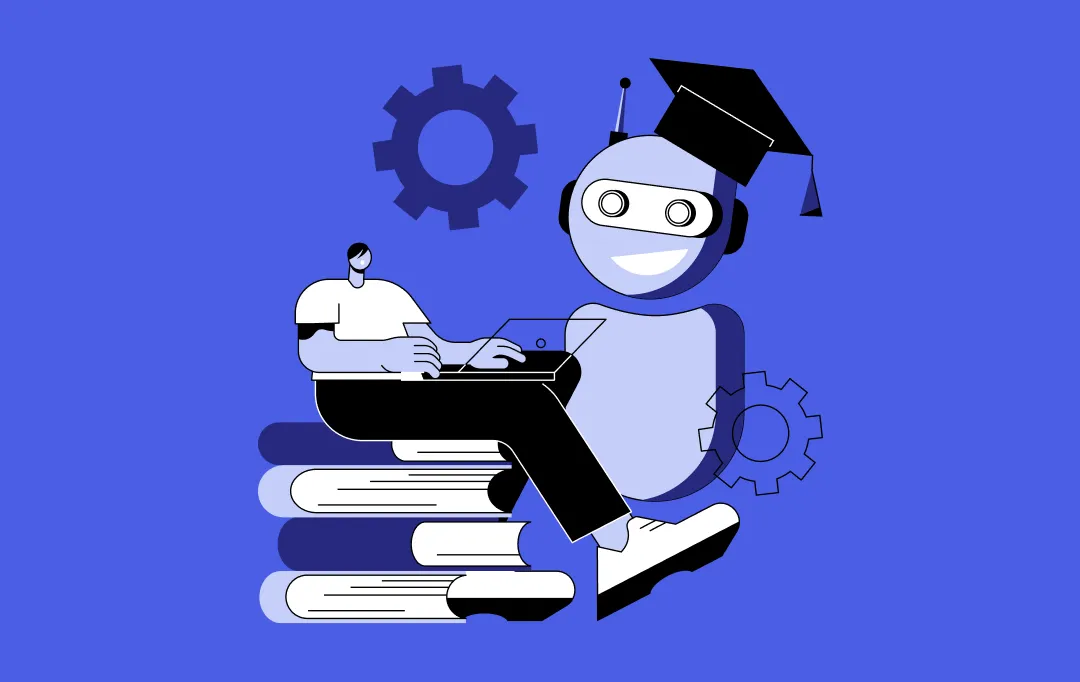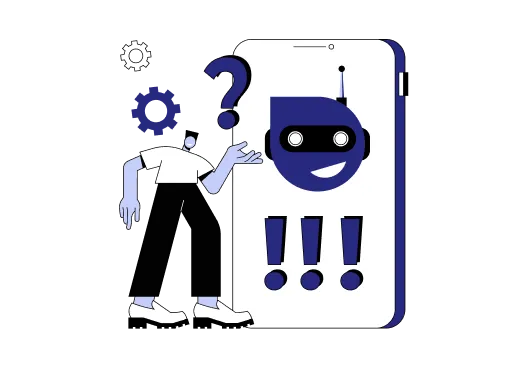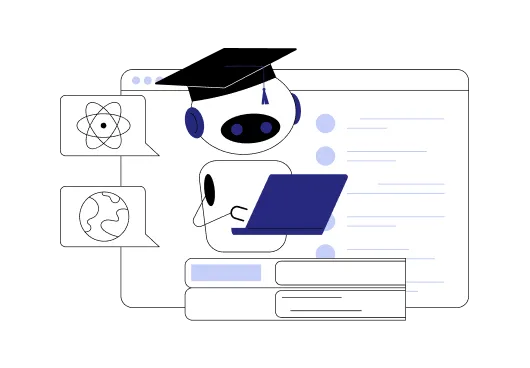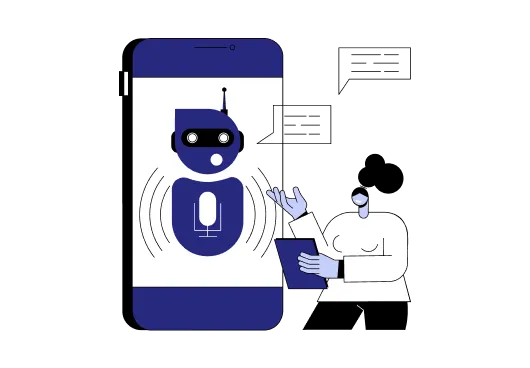- The Explosive Growth of Conversational AI in Education
- 15 Practical Use Cases of Conversational AI in Education
- 1. 24/7 Student Support and Inquiry Management
- 2. Intelligent Tutoring and Academic Support
- 3. Automated Grading and Feedback Systems
- 4. Language Learning and Pronunciation Practice
- 5. Personalized Learning Path Recommendations
- 6. Administrative Process Automation
- 7. Mental Health and Wellness Support
- 8. Career Guidance and Advising
- 9. Campus Navigation and Information Services
- 10. Parent and Family Engagement
- 11. Enrollment and Admissions Support
- 12. Faculty and Staff Support
- 13. Accessibility and Inclusive Learning Support
- 14. Library and Research Assistance
- 15. Emergency Communication and Crisis Management
- The Transformative Benefits of Conversational AI in Education
- Enhanced Learning Outcomes and Academic Performance
- Operational Efficiency and Cost Reduction
- Improved Student Retention and Engagement
- The Future of Conversational AI in Education: Emerging Trends and Opportunities
- Advanced Multimodal Learning Experiences
- Predictive Analytics and Proactive Intervention
- Global Accessibility and Inclusive Education
- Implementation Strategy: Getting Started with Conversational AI in Education
- Assessment and Planning Phase
- Pilot Program Development
- Integration and Scaling Strategies
- Overcoming Implementation Challenges and Considerations
- Privacy, Security, and Ethical Considerations
- Change Management and Adoption
- Quality Assurance and Continuous Improvement
- Embracing the AI-Powered Future of Education
- Transform Your Educational Institution with Appinventiv's Industry-Leading AI Services
- Why Leading Educational Institutions Choose Appinventiv
- Frequently Asked Questions
Key takeaways:
- AI in education market size will reach $32.27 billion by 2030 (31.2% CAGR). With 92% of students already using AI tools, institutions delaying implementation risk losing competitive advantage to early adopters.
- After implementing their Pounce AI chatbot, Georgia State University achieved 21.4% summer melt reduction and 50% fewer withdrawals due to outstanding balances.
- Leading institutions avoid costly mistakes by partnering with experienced AI development teams who understand both technology and educational contexts, ensuring strategic implementation over DIY attempts.
- 24/7 personalized support, adaptive learning systems, and seamless administrative processes drive higher satisfaction, improved retention, and operational efficiency that directly impacts institutional success.
Picture a world where every student can get personal tutoring whenever they need it, where teachers spend less time doing paperwork, and where learning feels more like a regular conversation. This isn’t something that will happen later; it’s happening right now through conversational AI in education. Educational institutions everywhere are finding out that smart chatbots and virtual helpers do more than just handle tech work; they’re useful tools that change how we teach, learn, and handle educational operations.
As education leaders deal with more complex issues around different learning needs, tight budgets, and new tech options, the question isn’t whether to use artificial intelligence; it’s how fast and well you can put these powerful solutions in place. Educational institutions implementing AI chatbots are transforming their operational landscape across multiple dimensions:
- Student engagement – More interactive and responsive learning experiences that adapt to individual needs
- Administrative efficiency – Streamlined processes that free staff from repetitive tasks to focus on strategic initiatives
- Learning outcomes – Enhanced academic support that creates measurable improvements in student retention and success
The real challenge isn’t seeing what’s possible, but building and rolling out the right AI solutions that fit your educational institutions’ specific needs and goals.
Let’s explore what AI could mean for your unique situation.
The Explosive Growth of Conversational AI in Education
The market for AI in education is growing fast in ways that are changing how educational institutions and edtech companies operate and provide value to students. The global AI in education market was worth USD 5.88 billion in 2024 and should hit USD 32.27 billion by 2030, growing at 31.2% yearly from 2025 to 2030, pushed by more demand for personalized learning and automated admin work.
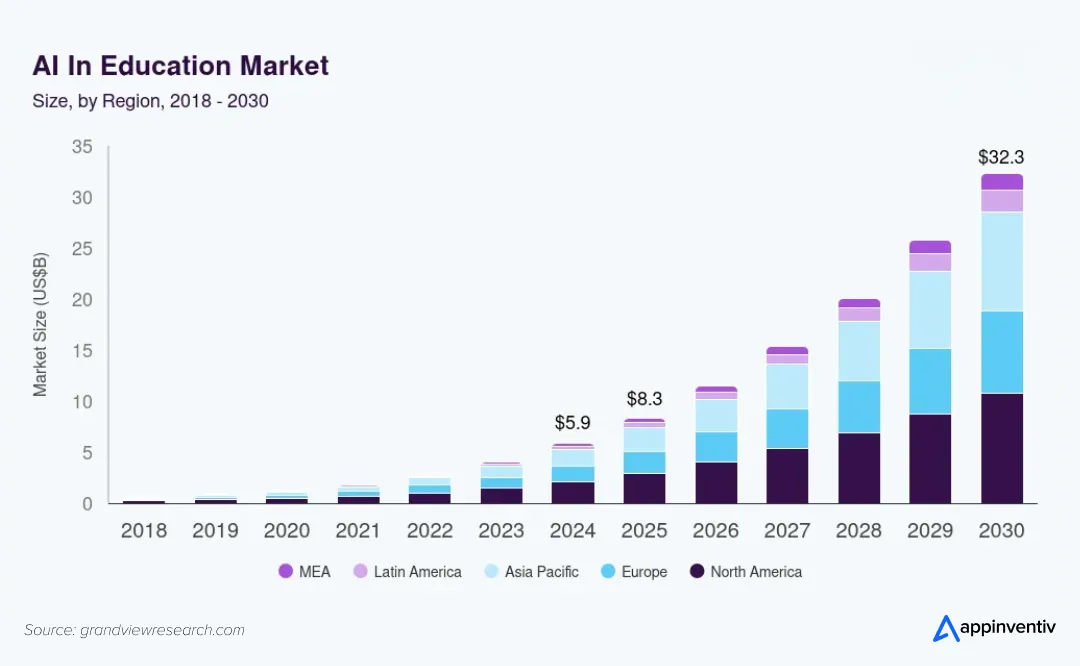
The window for competitive advantage through early AI integration continues to narrow, making strategic partnerships with experienced conversational AI developers increasingly critical for institutional success.
15 Practical Use Cases of Conversational AI in Education
The below mentioned conversational AI in education examples and use cases demonstrate how forward-thinking institutions can leverage intelligent systems to enhance both learning outcomes and operational efficiency. From personalized tutoring to automated administrative processes, these real-world applications illustrate the strategic value of AI integration across diverse educational settings.
Must Read: What Entrepreneurs Must Know About Conversational AI
1. 24/7 Student Support and Inquiry Management
The implementation of Conversational AI for student engagement represents a fundamental shift in how educational institutions deliver round-the-clock support services. Today’s digitally native students expect immediate responses to their inquiries, whether they’re navigating complex course registration deadlines, understanding financial aid requirements, or seeking campus information.
This always-available support system addresses the growing demand for instant access to institutional resources, eliminating the traditional barriers of office hours and staff availability that often left students waiting for critical information during peak enrollment periods.
Real-World Implementation: Georgia State University’s “Pounce” chatbot demonstrates the transformative impact of this technology:
- High adoption rate – Achieved a 90% opt-in rate among admitted students with valid U.S. cell phone numbers
- Reduced summer melt – Cut student dropout during the summer transition period by 21.4%
- Scalable support – Managed thousands of conversations simultaneously while providing personalized help to every admitted student during their enrollment process
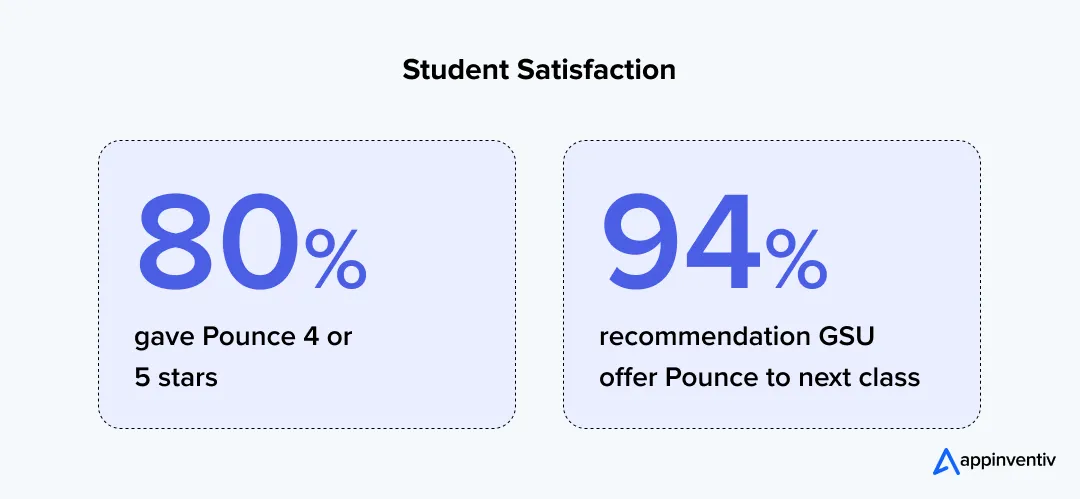
AI chatbots for education get rid of the frustration from limited office hours and long wait times. Students can get information about course schedules, assignment deadlines, campus events, and academic policies right away, no matter what time zone they’re in or if staff are available. This always-on access especially helps international students and those with busy work schedules.
But building these advanced support systems needs careful planning, technical skills, and constant improvements to make sure they actually help students instead of causing more problems.
Must Read: 12 Ways AI is Transforming the Education Industry
2. Intelligent Tutoring and Academic Support
One of the biggest changes in academic support delivery involves AI-powered education chatbots for students working as personalized tutoring helpers. These systems don’t just give answers, they walk students through problem-solving steps using Socratic questioning methods.
Real-World Implementation: Khan Academy’s Khanmigo AI tutor showcases the power of personalized learning support:
- Advanced technology foundation – Built on GPT-4 to deliver sophisticated educational interactions
- High-quality rating – Received 4 stars from Common Sense Media, ranking above other AI tools like ChatGPT and Bard
- Wide-scale testing – Currently being piloted in 266 school districts across the U.S.
- Integrated approach – Combines personalized tutoring with Khan Academy’s top-quality content library to help students learn skills effectively
Generative AI in Education helps these tutoring systems work with different learning styles. They give step-by-step help that feels kind of like working with a real tutor one-on-one. Students who are struggling with tough math stuff, science topics, or trying to learn languages can get help right away. Unlike human tutors, these systems offer unlimited practice opportunities and consistent feedback, systematically building student confidence and mastery.
The thing is, you need to build AI systems and software that actually get how education works. They need to understand learning psychology too, not just spit out standard answers. This takes some pretty smart development work that brings together education knowledge and good AI tech.
Must Read: Using Generative AI to Solve Complex Problems
Think about it – how many of your students who are struggling could really use unlimited tutoring help that never gets annoyed or judges how fast they learn?
3. Automated Grading and Feedback Systems
Implementing conversational AI in eLearning platforms changes how teachers handle assessment and feedback work. These systems can check student submissions, give detailed feedback, and find areas where individual students need extra support.
Real-World Implementation: Georgia State University’s course-specific chatbots in political science courses delivered impressive academic outcomes:
- Improved overall performance – Students receiving PolsPounce messages earned grades of B or above at a rate 16% higher than those not using the chatbot
- Support for first-generation students – First-generation students getting messages earned final grades about 11 points higher than their peers
- Course-specific design – Tailored chatbot functionality to match the unique needs of political science coursework
Best chatbots for higher education in this area can look at written assignments for grammar, coherence, and argument quality while giving helpful feedback that helps students improve their writing skills. This automation lets teachers focus on higher-level teaching tasks while making sure every student gets timely, detailed feedback on their work.
But building these advanced assessment features needs a deep understanding of educational standards, learning goals, and the complex ways students develop their skills. Good implementation requires careful integration with current learning management systems and thorough testing to make sure it’s accurate and fair.
4. Language Learning and Pronunciation Practice
The role of conversational AI in higher education reaches strongly into language learning, where conversation practice becomes important for building fluency. AI systems can copy native speaker interactions across multiple languages and cultural settings.
Real-World Implementation: Leading institutions are pioneering innovative language learning solutions:
Duolingo Max uses GPT-4 to create immersive conversation practice:
- Roleplay feature – Learners practice real-world conversation skills with AI characters in situations like ordering coffee at a café or making travel plans
- AI-powered feedback – Students receive immediate feedback on the accuracy and complexity of their responses
- Video Call feature – Duolingo Max subscribers have spontaneous, realistic conversations with Lily, an AI character that adjusts to learners’ skill levels
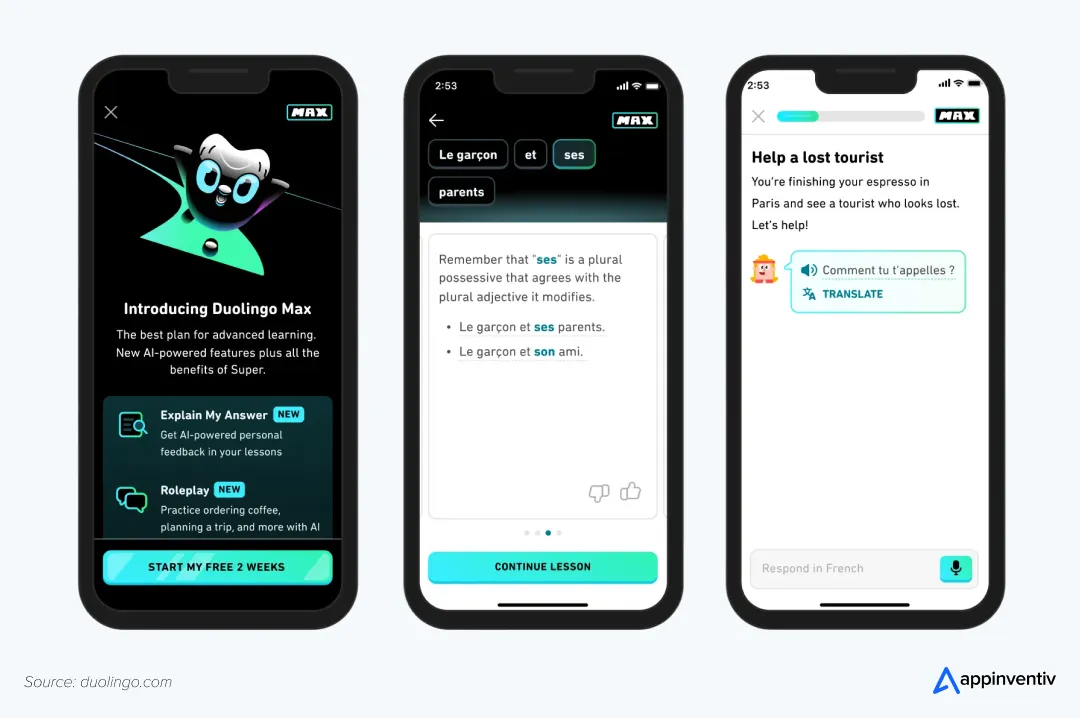
Arizona State University’s Language Buddy:
- Multi-language support – Powered by generative AI to facilitate conversations in German, French, and Spanish classrooms
- Adaptive learning – Lets students join conversations at their individual skill level
- Seamless integration – Plans to connect directly into Canvas for easy access
These conversational AI applications in the Ed-Tech industry give unlimited practice chances without the scheduling limits or cost barriers that come with human conversation partners, helping students build confidence in real-world communication situations. Building effective language learning AI needs advanced natural language processing abilities, cultural understanding, and adaptive learning programs that can respond properly to different skill levels and learning styles.
Must Read: Building AI Language Learning Apps
5. Personalized Learning Path Recommendations
AI chatbot for higher education systems work well at looking at student performance data to suggest customized learning paths. These systems track individual progress, spot knowledge gaps, and recommend targeted resources for improvement.
Real-World Implementation: Duolingo’s AI programs demonstrate the power of large-scale data analysis:
- Massive data collection – Analyzes data from students collectively completing around 1.25 billion exercises daily on the platform
- Machine learning insights – Uses advanced models to understand how people learn and improve information absorption
- Scale of personalization – Leverages this huge dataset to personalize learning experiences for its 500-million-plus students
Benefits of conversational AI in education become clear as these systems adjust content difficulty, pacing, and presentation style to match individual learning preferences. Students get recommendations for extra materials, practice exercises, and alternative explanations tailored to their specific needs and learning history.
The challenge of creating truly personalized learning experiences needs advanced machine learning algorithms, thorough data analytics, and careful attention to privacy and security issues.
6. Administrative Process Automation
Education with conversational AI streamlines complex administrative processes that traditionally consume significant staff time and resources. These systems handle routine inquiries about registration procedures, financial aid applications, and campus services.
Real-World Implementation: California State University’s CSUNny chatbot shows the impact of efficient AI-powered administration:
- Comprehensive knowledge base – Built with 3,000+ topics to address a wide range of student questions
- Quick response times – Provides replies within 10 to 15 seconds for immediate support
- COVID-19 response – Handled approximately 42,000 student messages during the pandemic
- Measurable outcomes – Led to a 5.6% rise in student enrollment and graduation rates compared to those who didn’t use the chatbot
Conversational AI & chatbot for higher education solutions handle appointment scheduling, document submission tracking, and deadline reminders while giving consistent, accurate information to all users. This automation cuts down on human error and makes sure students get reliable guidance throughout their academic journey.
But good administrative automation needs careful integration with current campus systems, strong security protocols, and ongoing maintenance to keep operations smooth and data accurate.
Related Read: How Enterprises Should Start With Intelligent Automation
7. Mental Health and Wellness Support
The advantages of chatbot in education go beyond academic support to include mental health and wellness resources. AI systems can give initial screening, resource recommendations, and crisis help when human counselors aren’t right away available.
Real-World Implementation: Educational institutions and EdTech companies are implementing AI-powered mental wellness chatbots that directly improve academic outcomes and institutional efficiency
- Counseling resource optimization – Wayhaven serves as a lower-intensity intervention that college counseling centers offer to students with subclinical depression or anxiety symptoms, helping free in-person services for students experiencing more severe distress
This efficiency model proves particularly valuable during peak mental health demand periods. The study showed that 66% of participants were racially and ethnically minoritized students, a population more likely to prefer web-based treatment over in-person therapy.
Use cases of conversational AI in this area include providing coping strategies, connecting students with relevant campus resources, and offering 24/7 emotional support during high-stress periods like exam weeks or major life transitions.
Building effective mental health support systems requires specialized expertise in both AI development and psychological counseling, along with careful attention to crisis intervention protocols and professional oversight.
Must Read: 21 Best Mental Health App Features for 2025 and Beyond
8. Career Guidance and Advising
Implementing conversational AI in eLearning platforms covers full career guidance systems that help students explore career paths, understand industry requirements, and build professional skills.
Real-World Implementation: Khan Academy’s Khanmigo extends beyond academics to support career development:
- College admissions coaching – Provides personalized guidance through the application process
- Career navigation – Helps students explore and understand different career paths
- Writing assistance – Offers support for college essays and professional communication
- Holistic approach – Goes beyond traditional academic tutoring to prepare students for future success
These systems look at student interests, academic performance, and career market trends to give personalized recommendations for internships, job opportunities, and skill development programs. Students get guidance on resume building, interview preparation, and professional networking strategies.
Must Read: Top LMS Features to Boost Distance Learning Success
9. Campus Navigation and Information Services
Modern campuses are complex places where students need quick access to location information, event schedules, and facility details. Conversational AI in education gives instant responses to campus-related questions.
Real-World Implementation: Universities are implementing sophisticated chatbot systems that help students navigate campus life efficiently:
- Northwestern University’s Canvas Chatbot – Built an AI-enabled chatbot to answer questions about the university’s LMS on a 24/7 basis, later expanding to help with campus navigation including student IDs, tutoring resources, and course registration guidance
- Tshwane University of Technology’s SoshaMapBot – Developed a hybrid chatbot system that uses photo-based positioning to determine user location on campus and provide navigation guidance to specific destinations
The future of conversational AI in education includes working with campus maps, real-time occupancy data, and event management systems to give full campus navigation support. Building these connected systems needs skills in multiple technologies, from AI and natural language processing to database management and mobile application development.
10. Parent and Family Engagement
The role of AI chatbots in education extends to family communication, giving parents updates about their children’s academic progress, upcoming events, and important deadlines.
Real-World Implementation: Schools are implementing sophisticated AI systems to strengthen family engagement:
- Mesquite Independent School District’s AYO System – Uses generative AI to help overwhelmed teachers quickly access student information and tailor each communication to reference details unique to individual students, enabling teachers to combine generic communication with real insights
- ThinK-12’s Family Resource Center – Enables institutions to respond to parent questions in their preferred language, breaking down language barriers by allowing parents to enter questions in their preferred language and receive responses in that same language.
Conversational AI applications in the Ed-Tech industry help institutions maintain strong family relationships while cutting administrative burden on staff members who traditionally handled individual parent communications.
11. Enrollment and Admissions Support
Role of AI chatbots in education revolves around streamlining the complex enrollment process by guiding prospective students through application requirements, deadline reminders, and document submission procedures.
Real-World Implementation: Leading institutions demonstrate the effectiveness of AI-powered enrollment support:
- University of Wisconsin-Green Bay’s rapid engagement – Introduced Phlash AI-integrated chatbot in September 2024 to improve student support and engagement, receiving over 2,000 messages from students within just 24 hours of launch, demonstrating immediate adoption and institutional connection
By the end of the first month, students had exchanged over 7,000 messages with this virtual AI assistant. Named after the university mascot, Phlash takes care of the overall well-being of students and the university, opening new avenues for students to ask questions they need answered
Creating effective enrollment systems requires deep understanding of admissions processes, student psychology, and the ability to integrate with existing CRM and student information systems.
12. Faculty and Staff Support
Conversational AI for Higher Education includes systems designed to support faculty members with instructional design, academic research queries, and teaching methodology guidance.
Real-World Implementation: Arizona State University’s AI Innovation Challenge shows the broad potential of faculty-focused AI:
- Wide participation – Generated over 400 proposals from faculty and staff
- Large-scale activation – More than 200 projects activated across departments
- Diverse applications – Includes AI-driven behavioral health training and enhanced workforce development programs
- Cross-department impact – Demonstrates how AI can support various academic and administrative functions
Benefits of conversational AI in education for faculty include automated lesson planning assistance, research support, and streamlined access to institutional resources and policies.
13. Accessibility and Inclusive Learning Support
Generative AI in education creates inclusive learning environments by providing accessible interfaces and personalized communication support for students with disabilities, language barriers, and diverse learning needs. These voice and text-based AI systems eliminate traditional barriers to educational access.
Real-World Implementation: Educational institutions are deploying conversational AI systems specifically designed to enhance accessibility and inclusion:
- Real-Time Educational Captioning Systems – AI chatbots employed for providing instant speech-to-text transcriptions during lectures, allowing deaf and hard-of-hearing students to participate fully in classroom discussions and educational content delivery
- Augmentative Communication Support – AI-driven conversational agents and Augmentative and Alternative Communication (AAC) devices that reduce typing needs and recognize non-standard speech patterns including stuttering or speech affected by motor impairments, supporting clearer academic communication
14. Library and Research Assistance
Conversational AI in the education sector includes sophisticated research assistance that helps students navigate vast library resources, locate relevant materials, and understand research methodologies.
Real-World Implementation: University libraries are implementing AI assistants that enhance the research experience:
- University of Calgary’s T-Rex Chatbot – A multilingual AI chatbot that combines an LLM with RAG technology, trained on the library’s own web content including LibGuides and operating hours. The chatbot answers about 50% of all questions with a rating of at least 4/5, deflecting half of all questions from live reference chat and redirecting 1.5 FTE of staff time to more strategic tasks
- Lehman College’s Ivy Implementation – Implemented a proprietary educational software chatbot on its website, the first of its kind for an academic library, functioning as a tool that assisted users seeking information and provided insight to librarians about student search topics
- San Jose State University’s Dr. MLK Jr. Library – Used chatbots to assist students during off-hours, addressing the challenge of providing support when human librarians weren’t available
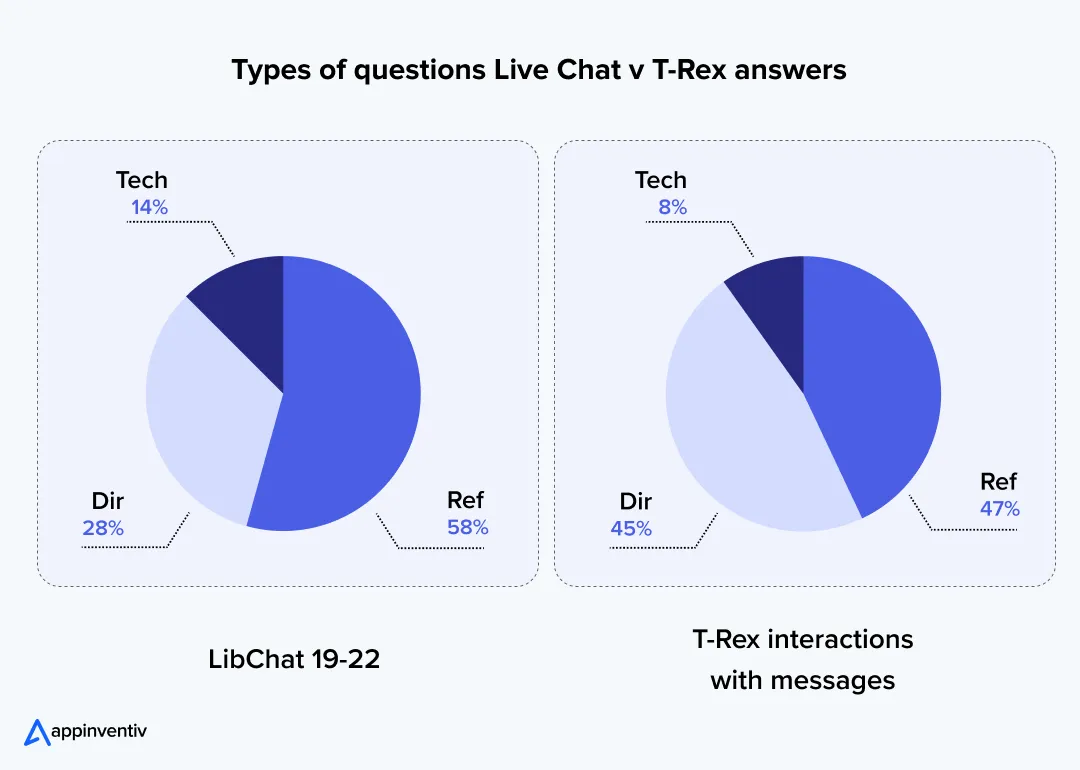
15. Emergency Communication and Crisis Management
The impact of conversational AI in education includes critical communication systems that can rapidly disseminate emergency information, provide safety instructions, and coordinate response efforts during crisis situations.
Real-World Implementation: Educational institutions deploy sophisticated AI systems for comprehensive emergency management:
- Rave Alert System Implementation – The leading FedRAMP-authorized mass notification system enables governments, organizations, institutions, and schools to quickly send messages in just three clicks, sending over 1.2 billion notifications annually and in excess of 4,000 SMS messages per second
- RapidReach School Safety System – Enables authorized personnel to initiate school shooting alerts instantly, sending immediate lockdown or evacuation notifications to all users via smartphone app, desktop, SMS and email, with built-in chat function for secure, real-time exchanges between staff, students, and responders
Do you have comprehensive emergency communication systems in place that can reach every member of your educational community instantly? How would rapid, personalized crisis communication impact your institution’s ability to ensure student and staff safety?
Discover which applications deliver maximum ROI for your institution’s unique needs.
The Transformative Benefits of Conversational AI in Education
These conversational AI in education examples from leading institutions worldwide demonstrate tangible benefits that extend far beyond simple automation. Educational leaders are discovering that strategic implementation of these technologies creates competitive advantages in student retention, operational efficiency, and academic outcomes.
Enhanced Learning Outcomes and Academic Performance
The benefits of conversational AI in education show up most clearly in better academic performance numbers. Students using AI-enhanced text messaging tools showed higher chances of earning course grades of B or higher, with first-generation students seeing grade improvements of 11 points, more than a full letter grade difference.
Research shows that conversational AI in education systems give consistent, patient support that adjusts to individual learning paces. Unlike human tutors who may have limited availability or different teaching styles, AI systems deliver standard excellence while personalizing approaches to match each student’s needs.
Related: Cost To Develop an Educational App
Operational Efficiency and Cost Reduction
Institutions putting in place conversational AI applications in the Ed-Tech industry report big operational improvements. Georgia State University got a 50% drop in withdrawal rates due to outstanding balances and a 3% jump in re-registrations for fall semester among students getting personalized nudges from their chatbot system.
These efficiency gains turn into major cost savings. Educational institutions can serve larger student populations without matching increases in administrative staff, while making sure every student gets consistent, high-quality support throughout their educational journey. But getting these efficiency gains needs strategic planning, careful system design, and ongoing improvements to make sure conversational AI actually helps and does not complicate current workflows.
Improved Student Retention and Engagement
Looking ahead, the future of conversational AI in education promises remarkable retention improvements as institutions continue scaling these technologies. Educational institutions using AI-powered communication systems report higher student satisfaction, more engagement with campus resources, and stronger connections to the school community.
Students feel more supported when they can get help right away, cutting down on the frustration and isolation that often leads to academic withdrawal. The 24/7 availability of AI support systems ensures that no student struggles alone with academic or administrative challenges. The key to getting these retention improvements is in building AI systems that really understand student needs and can give meaningful, relevant support that feels personal and helpful rather than robotic and cold.
Must Read: AI Agents in Customer Service
The Future of Conversational AI in Education: Emerging Trends and Opportunities
Institutions jumping into conversational AI today are getting ahead of a tech revolution that’s going to reshape how we learn over the next decade. As these systems grow from basic Q&A to fancy experiences that mix different types of interaction, smart leaders need to understand what’s coming to stay competitive. The schools getting ready now are the ones that’ll shape what education looks like tomorrow.
Advanced Multimodal Learning Experiences
The future of conversational AI in education is heading toward fancy interactions that mix text, voice, visuals, and hands-on elements. Students will chat with AI tutors through normal speech, look at visual diagrams, and dive into simulations that make tough concepts easier to grasp.
Schools are already messing around with virtual reality integration and conversational AI in education, building immersive learning spaces where students can practice historical debates, run virtual science experiments, or explore complex math concepts in 3D. These advanced setups need experts who know multiple cutting-edge technologies and really think through how users will actually experience everything.
Predictive Analytics and Proactive Intervention
Future conversational AI in education systems will study patterns in student behavior, engagement, and performance to spot potential issues before they become critical. These forecasting features help institutions and ed tech companies use early intervention strategies that stop academic failure rather than dealing with it afterward. Creating these forecasting systems requires strong data science abilities, machine learning know-how, and solid understanding of educational psychology and student success factors.
Generative AI in education will find students who might drop out, have trouble with specific topics, or need more support services, helping them use focused interventions that boost outcomes while managing resources better.
Global Accessibility and Inclusive Education
The impact of conversational AI in education will reach to breaking down geographical and financial barriers to quality education. AI systems can give high-quality educational support to students in remote areas, underserved communities, and developing nations where human educational resources may be scarce.
Implementation Strategy: Getting Started with Conversational AI in Education
While the benefits of conversational AI are compelling, successful implementation requires more than enthusiasm and budget allocation. Educational institutions that achieve transformative results follow proven methodologies that address unique institutional challenges, stakeholder concerns, and technical complexities. Understanding these strategic approaches distinguishes successful AI deployments from costly experiments that fail to deliver promised outcomes.
Related: Chatbots Vs. Conversational AI
Assessment and Planning Phase
Good implementation starts with thorough assessment of your institutions’ specific needs, current technology setup, and student population traits. Find the most urgent challenges that conversational AI in education could tackle, whether in student support, administrative efficiency, or academic outcomes. This assessment phase gets major benefits from outside expertise that can give objective analysis and industry best practices.
Conduct stakeholder interviews with students, faculty, and staff to understand pain points and priorities. This foundation ensures your AI implementation strategy aligns with institutional goals and user needs while avoiding common pitfalls that can derail AI projects.
Pilot Program Development
Start with focused pilot programs that tackle specific, trackable challenges. Whether putting in place admissions support, tutoring help, or administrative automation, begin with clearly defined success metrics and timeline expectations. Working with skilled AI development partners can speed up pilot rollout and boost the chances of getting meaningful results.
Pick pilot areas where success can be easily tracked and shared to build school support for broader rollout. Record lessons learned and build the best chatbots for higher education that cater to regular pain points of the students and answer them based on their problem statement, which can guide expansion efforts while keeping scalability and sustainability intact.
Integration and Scaling Strategies
Plan for smooth integration with current educational technology systems, including learning management systems, student information systems, and communication platforms. Make sure your conversational AI in education solutions help rather than complicate current workflows. This integration phase often gets benefits from partnering with development teams that have deep experience in educational technology and system integration.
Build thorough training programs for faculty and staff, focusing on how AI tools help rather than replace human abilities. Handle concerns early and show real benefits through pilot program results while keeping change management smooth throughout the organization.
Know how Appinventiv developed Dr. Reddy’s eLearning platform, delivering custom video editing tools, Picture-in-Picture recording, and accessibility features for impaired users.
How will you measure the success of your conversational AI in education implementation, and what specific outcomes will demonstrate value to your institutional stakeholders?
Overcoming Implementation Challenges and Considerations
Even the most strategic conversational AI implementations face inevitable obstacles that can derail progress and waste institutional resources. Privacy regulations, faculty resistance, technical integration complexities, and legal issues in mobile app development create roadblocks that require specialized expertise to navigate effectively. Recognizing these challenges early and developing comprehensive mitigation strategies separates successful transformations from abandoned projects.
Privacy, Security, and Ethical Considerations
Educational institutions must prioritize student privacy and data security when implementing conversational AI in education systems. Ensure compliance with educational privacy regulations and establish clear policies about data collection, storage, and usage. Working with development partners who specialize in educational AI can help navigate these complex compliance requirements while maintaining system effectiveness.
Address ethical concerns about AI bias, transparency, and accountability through comprehensive governance frameworks. Students and families should understand how AI systems make decisions that affect educational outcomes and have appropriate channels for appeal or correction.
Change Management and Adoption
Good conversational AI in education rollout needs full change management strategies that handle faculty concerns, student expectations, and education culture. Give extensive training and support to make sure all stakeholders can effectively use AI tools. Think about partnering with organizations that focus on educational AI rollout to speed up adoption and cut implementation risks.
Quality Assurance and Continuous Improvement
Set up strong quality assurance processes that track AI chatbot for higher education system performance, accuracy, and user satisfaction. Regular audits and updates make sure systems keep meeting user needs while keeping high standards for educational effectiveness. These ongoing quality assurance efforts get benefits from having dedicated development and support teams with solid expertise in both AI technology and educational applications.
Put in place feedback loops that capture user experiences and system performance data, allowing continuous improvement and adaptation to changing educational requirements. This step-by-step approach makes sure your AI investments keep delivering value over time.
Partner with specialists who turn implementation obstacles into competitive advantages.
Embracing the AI-Powered Future of Education
The change in education through conversational AI in education shows one of the biggest advances in educational technology since the internet started. The evidence is clear: educational institutions putting these systems in place see better student outcomes, improved operational efficiency, and stronger engagement across their educational communities. But success needs more than just adopting AI technology; it requires strategic planning, expert rollout, and ongoing improvements to get the full potential of these powerful tools.
The question facing education leaders isn’t whether to put conversational AI in education in place, it’s how quickly and well you can integrate these powerful tools to serve your students better. The market growth numbers, proven case studies, and new capabilities all point to AI becoming a key part of competitive educational offerings. The institutions that succeed will be those that work with skilled AI development teams to create customized solutions that tackle their specific challenges and opportunities.
Bottom Line: Institutions that adopt conversational AI in education now, with the right development partners and strategic rollout approach, will lead in several critical areas:
- Student satisfaction – Enhanced engagement and support experiences
- Operational efficiency – Streamlined administrative processes and reduced costs
- Academic outcomes – Improved learning results and student success rates
Those who wait risk getting left behind in meeting changing educational expectations and market demands.
Your students are already using AI tools in their daily lives. The chance exists today to channel that familiarity into better educational experiences that prepare them for success in an AI-integrated world. The technology exists, the benefits are proven, and the rollout pathways are clear. What you need is the right expertise and partnership to turn these possibilities into reality for your school.
The future of education is conversational, personalized, and AI-powered. The question is: will your school lead this change with the right development expertise and strategic approach, or follow from behind while your competitors gain the advantages of early, well-run AI rollout?
Transform Your Educational Institution with Appinventiv’s Industry-Leading AI Services
When it comes to implementing conversational AI in education, choosing the right technology partner can make the difference between a successful transformation and a costly misstep. Appinventiv stands as a globally recognized leader in AI development services, helping educational institutions worldwide harness the power of intelligent automation to enhance student experiences and operational efficiency.
As The Economic Times named “Leader in AI Product Engineering & Digital Transformation” and a consecutive Deloitte Technology Fast 50 winner in 2023 & 2024, Appinventiv brings unmatched expertise to educational technology development. Our comprehensive Education App Development Services have empowered institutions to create engaging, AI-powered learning environments that drive measurable results.
Why Leading Educational Institutions Choose Appinventiv
Proven Track Record with Global Brands: Our portfolio includes successful collaborations with renowned organizations across industries, including educational innovators like Edfundo (financial literacy platform for kids with $3.5M funding), Gurushala (AI-powered educational content generation), and NOVA (EdTech), alongside global brands like KFC, Domino’s, IKEA, and Adidas, demonstrating our ability to deliver enterprise-grade solutions that scale globally.
Industry Recognition and Certifications:
- ISO 9001:2008 and 27001 certified for quality and security standards
- “App Development Company of the Year” by The Entrepreneur
- “Tech Company of the Year” at Times Business Awards 2023
Educational Technology Expertise:
- Over 75+ custom Gen AI models trained and deployed
- Successfully delivered 300+ AI powered solutions
- Helped launch 80+ Gen AI applications
- Strategic partnerships with AWS, Azure, and Google Cloud for scalable infrastructure
Whether you’re looking to implement intelligent tutoring systems, automate administrative processes, or create personalized learning experiences, Appinventiv provides the technical excellence and educational insight needed to transform your institution’s digital capabilities.
Connect with us and discover how Appinventiv can revolutionize your educational offerings.
Frequently Asked Questions
Q. How Conversational AI in education enhances student support?
A. Conversational AI in education helps students by giving them 24/7 access to info and support, getting rid of annoying barriers like office hours and whether staff is around. These systems can handle thousands of chats at once, giving personalized answers to academic, admin, and personal questions. Students get quick help with course registration, financial aid stuff, campus directions, and planning their academics, which leads to happier students and way less stress during big educational transitions.
Q. How can conversational AI improve education systems?
A. Conversational AI in education helps education systems by taking care of routine admin tasks, making learning experiences fit each student, and giving support solutions that can grow. These systems check student performance data to spot learning gaps, point to helpful resources, and change content delivery to match individual needs. Ed Tech companies get less admin work, more students staying enrolled, better day-to-day operations, and data insights that shape education policy and resource decisions.
Q. How can AI chatbots enhance student learning experiences?
A. AI chatbots for education improve student learning by working as patient, always-there tutoring helpers that fit individual learning styles and speeds. They ask questions that help students find answers instead of giving direct solutions, offer practice chances across subjects, and give quick feedback on assignments and tests. Students get more confident through unlimited practice times, personal explanations, and helpful interactions that build understanding without judgment or time pressure.
Q. What is the Role of AI Chatbots For Higher Education Success?
A. AI chatbots for education play important roles in higher education success by helping student retention, improving academic results, and making operations run better. They help students through complex enrollment steps, give academic support across subjects, handle admin tasks, and keep ongoing contact with school resources. Research shows big improvements in graduation rates, student happiness, and cost savings when schools put in place complete AI chatbot for higher education plans that tackle both academic and admin student needs.
Q. What is the Future of Conversational AI in Higher Education?
A. The future of conversational AI in education includes advanced interactions mixing voice, text, and visual parts, smart analytics for early student support, and global access features that make quality education available to everyone. New trends include virtual reality connections, emotional understanding abilities, specialized subject knowledge, and smooth connections with changing educational technologies. Schools will use Conversational AI for Higher Education for complete student lifecycle management, from recruiting through alumni contact, creating more personal and effective educational experiences.


- In just 2 mins you will get a response
- Your idea is 100% protected by our Non Disclosure Agreement.

Why Enterprises Need AI Strategy Consulting in Dubai
Key takeaways: Dubai is moving fast with AI adoption. But many enterprises still struggle to move beyond pilots and achieve real business results. AI strategy consulting gives leaders a clear plan. From use-case selection to data readiness, so enterprise AI initiatives stay on track and within budget. AI consulting in Dubai helps enterprises reduce compliance…

AI Governance Consulting: How to Build Guardrails, Observability, and Responsible AI Pipelines
Key takeaways: Enterprises can no longer rely on principles alone; AI governance must be built into pipelines, model workflows, and decision systems from day one. Strong guardrails across training, inference, retrieval, and agentic actions reduce risks like hallucinations, data leakage, and prompt injection. AI observability is central to governance, giving leaders real-time visibility into drift,…
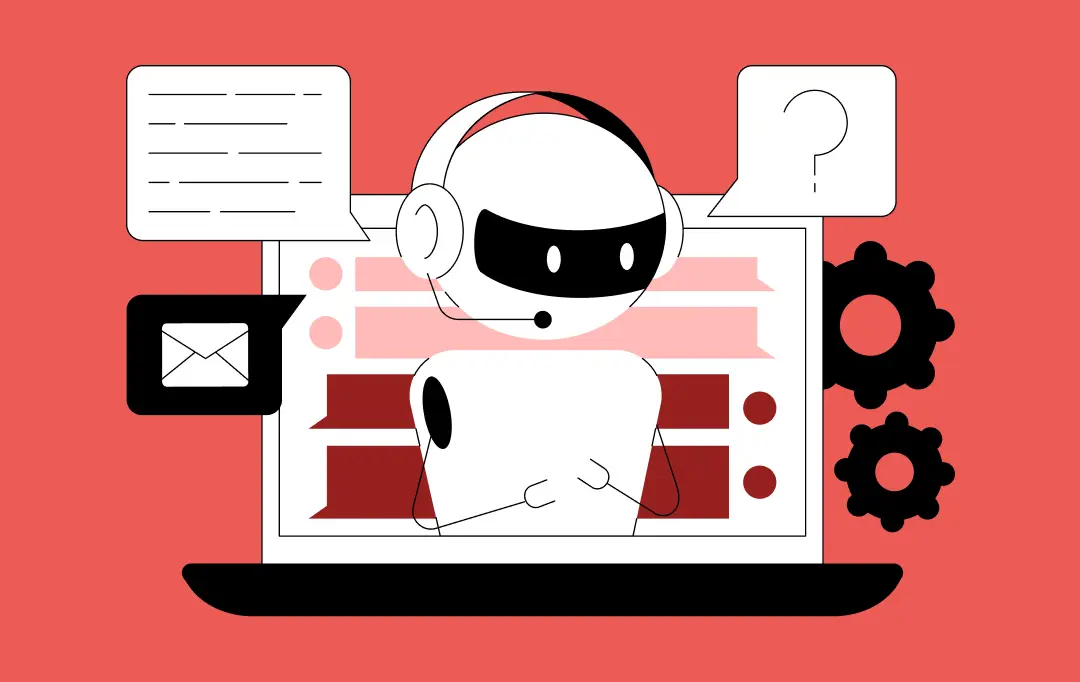
How to Build a Custom Multilingual Chatbot? Features, Process, Costs
Key takeaways: Multilingual Chatbots Drive Revenue Growth: Companies see higher conversion rates when customers can interact in their native language, with nearly 75% of global customers preferring to buy from websites in their preferred language. Beyond Translation to Cultural Intelligence: Successful implementations require cultural adaptation, not just language translation. Systems must understand context, emotion, and…
